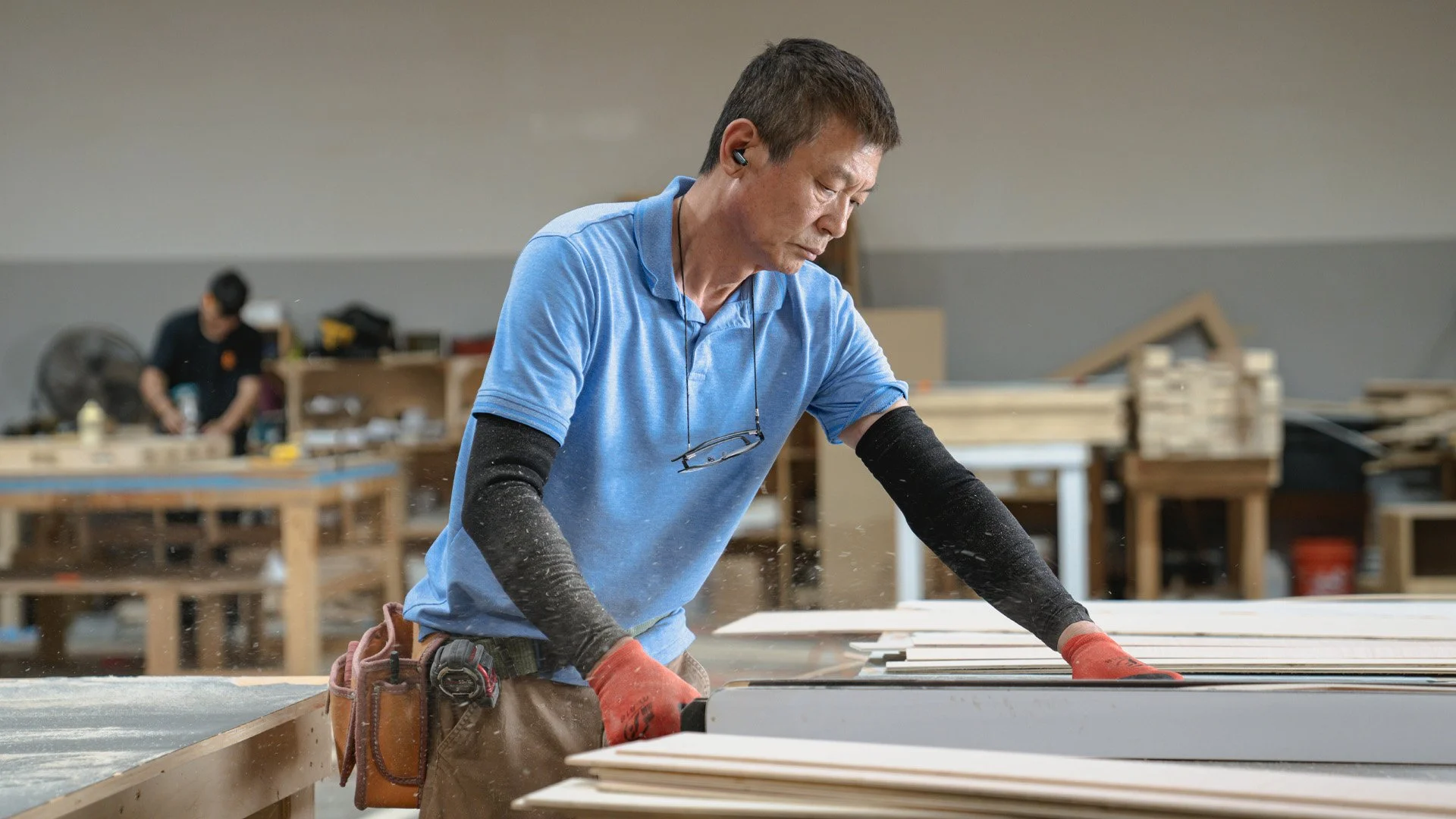Why Traffic Flow Planning Matters in Trade Show Booth Design
Trade shows are fast-paced, high-energy environments where brands have just seconds to make an impression. While stunning visuals, innovative displays, and immersive experiences are important, one often overlooked factor can make or break the booth: traffic flow. How visitors move through your space affects everything from engagement to lead capture.
That’s why trade show booth traffic flow isn’t a minor detail—it’s a core design strategy. At Beaver XP, we approach every project with layout and movement in mind, ensuring that visitors feel welcomed, guided, and immersed from the moment they enter the booth. In this blog, we’ll explore why traffic flow matters, how effective exhibit layout planning enhances engagement, and what role a strong booth design strategy plays in turning attendees into connections.
The Impact of Traffic Flow on Visitor Experience
Trade show attendees are constantly making quick decisions about which booths to enter and how long to stay. Poor traffic flow leads to confusion, congestion, and missed opportunities. If visitors feel disoriented or blocked by displays and crowds, they’ll leave before even understanding your offer.
By contrast, optimized trade show booth traffic flow allows visitors to move through your exhibit naturally and without friction. Movement becomes intuitive, allowing attendees to explore, engage with your team, and absorb your messaging at their own pace. This seamless experience builds comfort and increases dwell time, making it more likely that your team can spark meaningful conversations.
At Beaver XP, we believe that every visitor should feel like the booth was built with them in mind. Good traffic flow makes that possible.
Exhibit Layout Planning Starts with Goals
Every successful trade show booth begins with a clear objective. Whether you want to host product demos, generate leads, or hold meetings, your layout should support that intention. Strategic exhibit layout planning aligns spatial design with purpose.
Open entry points encourage exploration. Clear pathways guide visitors through the experience. Designated interaction zones allow for product discovery or one-on-one engagement. If your primary goal is lead generation, the booth should prioritize stations where conversations naturally occur.
Booth success isn’t about filling every square inch—it’s about using space intentionally. At Beaver XP, we help clients determine their goals before layout begins. That way, every element in the booth contributes to a larger strategy, not just a visual concept.
Creating an Intentional Booth Design Strategy
Movement is one of the most important design factors in a trade show booth—and the most invisible when it’s done right. A strong booth design strategy incorporates traffic flow from the outset, ensuring that visitors have a clear, guided experience from entry to exit.
Entrances should be obvious and inviting. Focal points such as product displays or digital activations should be positioned along natural movement paths. Lighting and graphics can help direct the eye, subtly encouraging attendees to keep exploring. If the booth includes meetings or demos, those areas should be placed strategically to reduce crowding and allow privacy where needed.
Booths that flow well create a rhythm. Visitors move from curiosity to engagement to connection without feeling lost or overwhelmed. Beaver XP incorporates this kind of design thinking into every booth, helping clients build not just a presence—but a path.
Common Mistakes in Traffic Flow Design
Ignoring traffic flow can create more problems than most exhibitors realize. Blocking the entrance with large signage or product displays creates hesitation right at the start. Overcrowding the center of the booth with stations or furniture disrupts movement and leads to frustrating bottlenecks. Visitors shouldn’t have to guess where to go next.
Another common issue is poor zoning. When key features are too close together or laid out with no clear logic, the booth becomes difficult to navigate. Visitors may miss entire sections or exit before reaching important areas. Dead ends, sharp turns, and cluttered pathways make the booth feel cramped and uninviting.
At Beaver XP, we plan for real-world behavior. We assess foot traffic patterns, event flow, and visitor psychology to ensure the booth moves people with ease. By identifying and eliminating these design pitfalls early, we deliver exhibits that function as well as they look.
How Beaver XP Designs for Flow and Functionality
At Beaver XP, traffic flow is baked into our process—not bolted on at the end. We believe that movement is the foundation of good design. Every square foot of the booth is evaluated for how it contributes to the user journey, supports your team’s goals, and keeps the space comfortable during high-traffic moments.
We collaborate with clients to understand their brand objectives, event strategy, and booth needs. From there, we map the visitor experience using zones, focal points, and open paths. We think about how attendees enter, where they pause, and how we want them to leave the booth—with knowledge, excitement, and a positive brand impression.
Our booth design strategy ensures that layout, visual storytelling, and flow are all working together. Whether it’s an inline 10x20 or a large island exhibit, we treat traffic planning as a core design principle that directly supports event success.
Trade show booths aren’t just structures—they’re experiences. And at the heart of every successful experience is movement. When trade show booth traffic flow is optimized, everything performs better: product demos, staff interactions, lead capture, and brand impact. Visitors feel at ease, stay longer, and engage more meaningfully.
Smart exhibit layout planning starts with understanding how people behave in busy environments and ends with a space that feels effortless to navigate. A solid booth design strategy brings all of this together, aligning flow with function and design with impact.
At Beaver XP, we don’t just build booths—we create movement with purpose. If you're ready to elevate your trade show presence with a layout that truly performs, our team is ready to help you make it happen.
Let’s design an exhibit that moves people—literally and figuratively.

